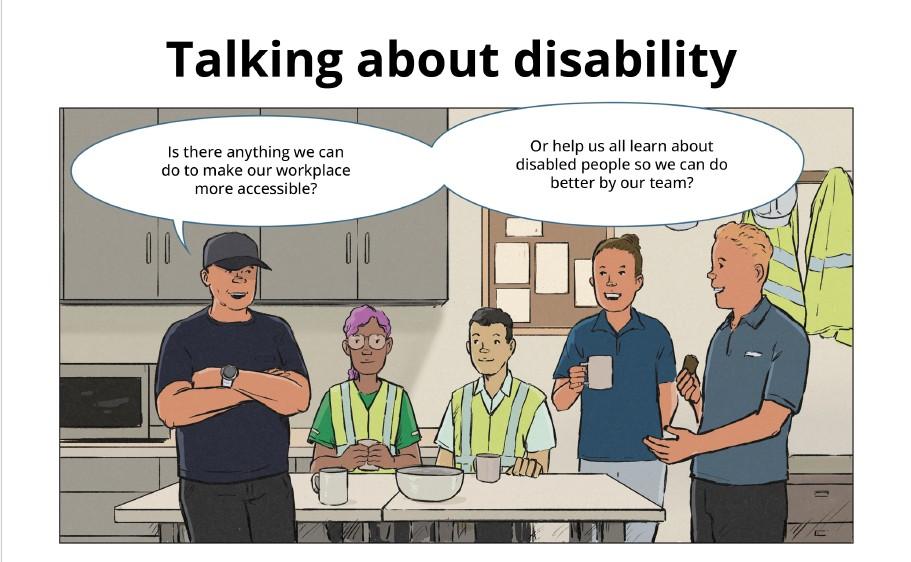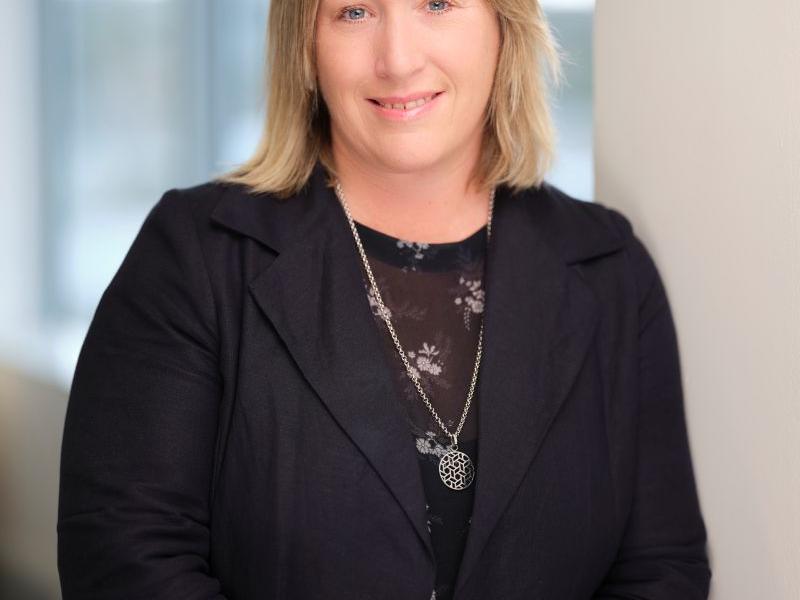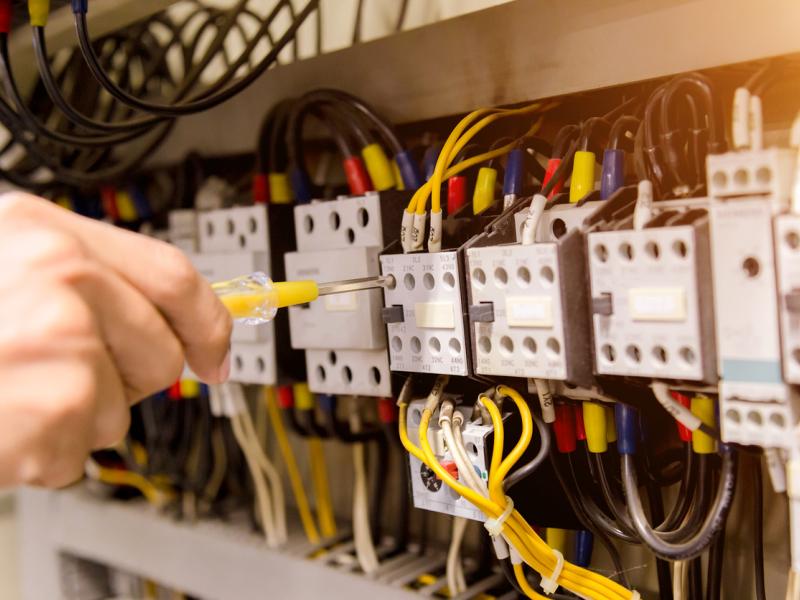The launch of a new government multimedia platform is set to help New Zealand businesses address chronic workforce shortages by enabling greater participation of hundreds of thousands of disabled workers.
The move comes as the manufacturing, engineering and logistics industries prepare for an economic recovery and rising demand for skilled labour driven by record levels of infrastructure investment and an ongoing exodus of skilled labour to Australia. The Government’s latest Infrastructure Pipeline shows $237.1 billion in projects underway or in planning, signalling sustained demand for engineering, manufacturing and technical expertise across New Zealand’s industrial base at a time when employers are struggling to retain talent and rebuild capability at home.[1]
The initiative, led by workforce development council Hanga-Aro-Rau, aims to make it easier for employers to attract, hire and retain disabled people, a group long underrepresented in the workforce but with significant capability to fill skills gaps.
The resources build on recent research showing an urgent need to remove barriers that prevent disabled New Zealanders from participating fully in work.[2]
Latest labour market data shows the workforce participation rate for disabled adults is 44%, while participation among non-disabled adults is 83%.[3]
The manufacturing, engineering and logistics sectors are among those hardest hit by skills shortages, with the number of vacancies set to reach 156,000 by 2030, without immediate intervention. The government-funded ‘Let’s Level Up’ report estimated that more than 268,000 disabled adults represent a ready and capable workforce that could help close that gap, generating a fiscal benefit of up to $1.45 billion if participation rates were equalised.[4][5]
The research also highlighted deep-seated cultural and systemic barriers to inclusion. Sixty-three percent of employers had never discussed disability in their workplace while only 23% followed inclusive recruitment practices. Many disabled workers said they feared disclosing their disability due to stigma or job insecurity and some were found to have paid for their own workplace supports to stay employed.[6]
Samantha McNaughton, deputy chief executive of Hanga-Aro-Rau, says the findings made it clear that employers wanted to do better but lacked resources.
“We’re watching a large portion of our experienced workforce retire and that means we need to build a sustainable pipeline of new talent. Reaching out to parts of the population that haven’t traditionally been targeted, including Maori, Pacific peoples and disabled New Zealanders is not a social goal, it’s an economic necessity.
“What makes this work different is that it’s designed specifically for manufacturing, engineering and logistics employers. These are complex sectors with unique challenges and having something built for them, not generic business advice, is what will drive real change.
“A lot of disabilities are invisible and that invisibility has created a knowledge gap. Many employers don’t realise they’re already interviewing or hiring people with disabilities. This platform helps lift that curtain by showing what inclusion actually looks like in practice.
“The economy is starting to recover and data shows a sharp, projected rise in demand for skilled labour from 2027 onwards. Businesses that start preparing now by widening their recruitment lens will be the ones positioned to grow.
“These resources aren’t about compliance, they’re about confidence, giving businesses the tools to attract and retain talent they’ve been missing out on.
“Disabled people have been a hidden workforce opportunity for far too long. If we want to future-proof our industries, we can’t afford to leave capability like that untapped,” she says.
The digital platform acts as a one-stop resource hub for employers, industry trainers and educators. It brings together podcasts, videos, digital guides and interactive tools to help workplaces understand how to support disabled employees and build inclusive recruitment and retention processes.
The project was co-designed with accessibility consultancy All is for All to ensure the content was engaging, industry-led and simple to navigate.
Grace Stratton, chief executive of All is for All, says the resources, launching November 10, are designed to make inclusion approachable and easy to put into practice.
“Employers told us they wanted to do the right thing but didn’t know where to start. We’ve created resources they can use immediately including short videos, podcasts, conversation cards and guides to start the conversation about disability inclusion in real workplaces,” she says.
McNaughton says the platform’s content was built with input from industry and the vocational education system to embed accessibility into training and standard-setting across the sector.
“The goal is to normalise disability inclusion as an expected feature of New Zealand’s workforce rather than an exception,” she says.
Dr Richard Templer, chief executive of Engineering New Zealand, says the sector already includes a number of neurodiverse professionals, whose skills are vital to innovation.
“One major firm found that around 15 percent of its engineering workforce identified as neurodiverse, higher than the national average.
“Engineering rewards structured thinking and spatial reasoning, qualities often found in people who think differently. The biggest barrier is fear, not of hiring someone different, but of saying the wrong thing. Inclusion starts with simply asking what someone needs to thrive.
“We’re competing globally for the same pool of skilled engineers and right now New Zealand can’t afford to overlook capable people simply because they don’t fit a traditional mould. Disability inclusion isn’t charity, it’s a strategy for resilience and innovation.
“Inclusive workplaces aren’t built through slogans, they’re built through systems from recruitment to mentoring to design. Engineers are problem-solvers by nature and this platform gives them the tools to apply that mindset to people, not just projects.
“Some of the best problem-solvers I’ve worked with see the world differently. Neurodiverse engineers often approach challenges with original thinking and extraordinary focus, qualities that drive the breakthroughs this country needs.
“Creating inclusive environments starts with leadership. It’s not just about physical accessibility but psychological safety, making sure people feel confident to contribute without hiding part of who they are.
“If we want to grow the engineering workforce, we also need to make education pathways more accessible. That means designing learning and assessment environments where disabled and neurodiverse students can thrive, not just survive.
“Every person we exclude from work represents lost capability in an economy already struggling to meet demand. We have to think of accessibility as foundational, not optional,” he says.






